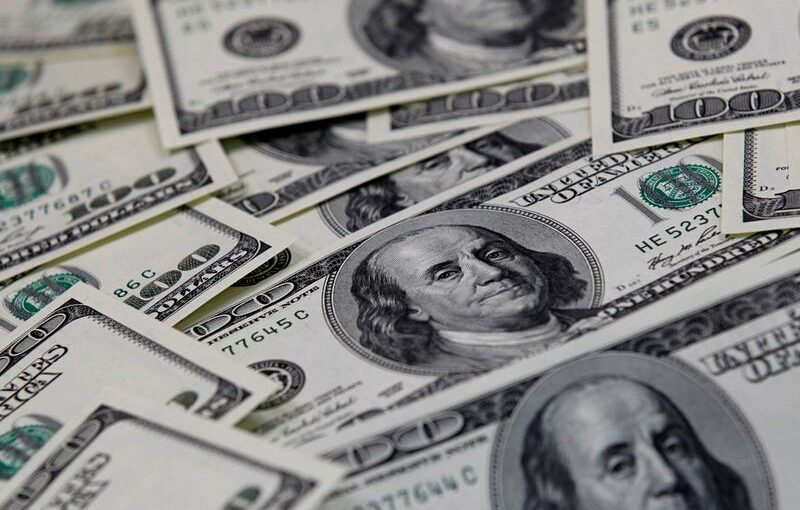LONDON (Reuters) – Investors confounded by the recent rally in U.S. Treasuries despite inflation running hot in a roaring economy are pointing to the simplest explanation for a move higher in prices: more buying than selling.
U.S. benchmark 10-year Treasury yields hit 1.25% – their lowest levels since February – on Thursday, the latest leg lower in a move that has left many an investor scratching their heads.
Bonds are typically expected to be sold in a reflationary environment, normally forcing yields – which move inversely to prices – higher. But the behaviour of bond markets in recent days is at odds with other financial markets: only on Wednesday, U.S. stocks as measured by the S&P 500 index hit record highs.
Some point to an ongoing rethink of the reflation narrative and a sense that economic growth may have peaked. Others say the explanation is merely technical.
The following graphic shows, on a 3-month moving average basis, Federal Reserve purchases of Treasuries against net issuance of Treasury securities. For an interactive version, click here tmsnrt.rs/3dYsAid.
Graphic: More buyers than sellers? –
Since April this year, the gap between Fed purchases and net issuance has significantly narrowed, with issuance falling below purchases at one point in May.
“Essentially the Fed has been taking down all of the net supply of Treasuries, so I think this has been a bit of a supply … a short squeeze, if you will, on the Treasury market,” said Jeffrey Schulze, investment strategist at ClearBridge Investments.
May’s dip in the 3-month moving average of net Treasury issuance was lower than levels in March 2020, although the pace seems to be picking up again.
“This is an extremely rare event in a QE world and also remarkable given it’s coincided with the biggest fiscal giveaway in history,” said Deutsche Bank’s Jim Reid and Henry Allen in a research note.
Part of the reason for the drop-off in Treasury issuance is explained by the U.S. Treasury’s decision last year to front-load borrowing with a large issuance of 7-30 year bonds.
HSBC’s rates strategists in May said they forecasted 1% yields for the 10-year U.S. Treasury for end-2021 and end-2022, with a “possible prompt” coming from the narrative “shifting away from larger deficits and increased supply”.
Source: Read Full Article
